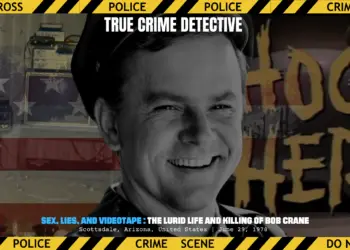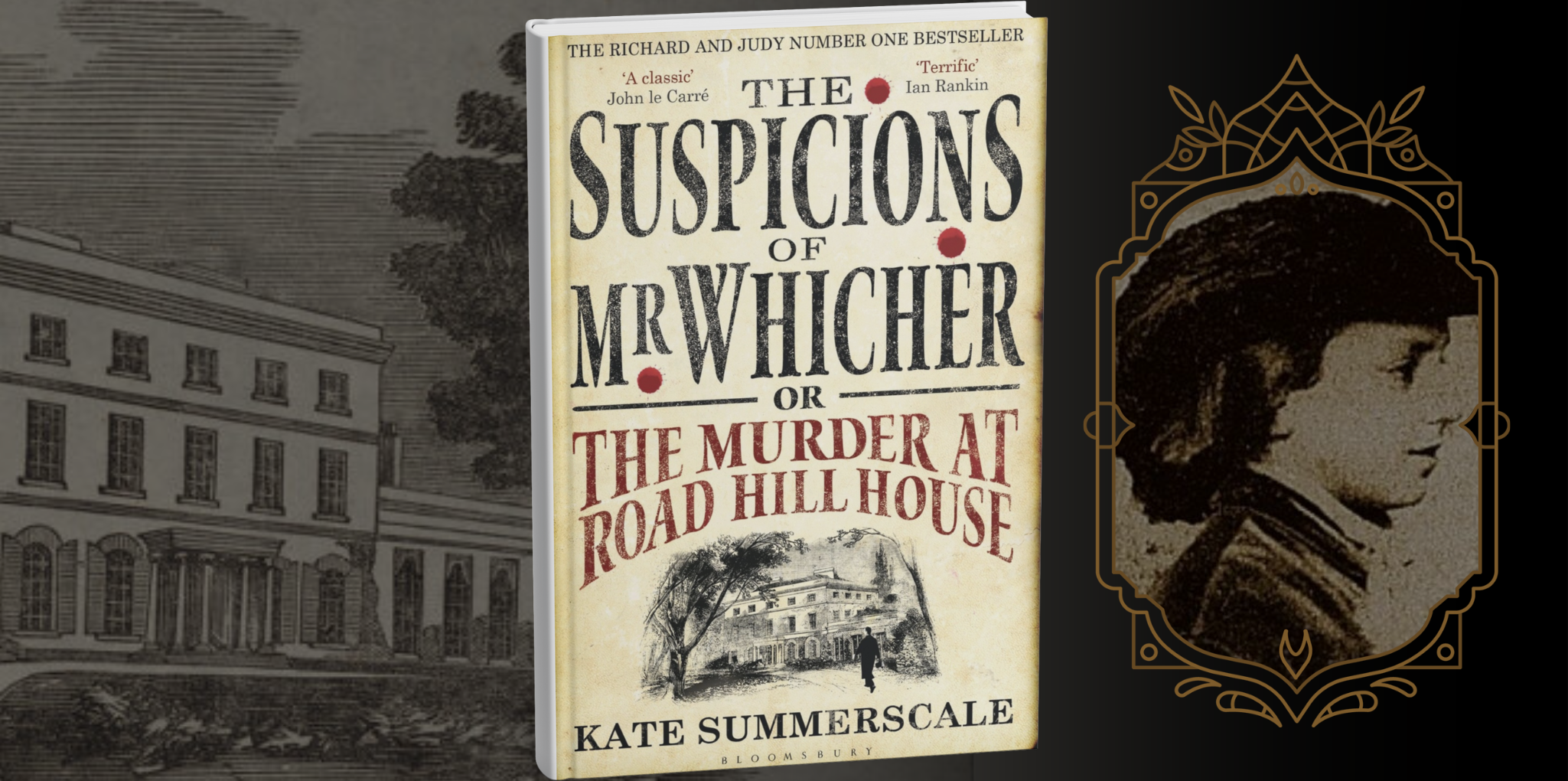
Book Review: The Suspicions of Mr. Whicher: or The Murder at Road Hill House by Kate Summerscale
In 1860, the brutal murder of a child behind the locked doors of a respectable Victorian home shocked England and changed the course of criminal investigation forever. In The Suspicions of Mr. Whicher, Kate Summerscale masterfully unravels this chilling case, blending true crime with social history in a way that captivates and enlightens.
Kate Summerscale’s The Suspicions of Mr. Whicher tells the story of the murder of three-year-old Saville Kent at Road Hill House, a seemingly idyllic middle-class home in Wiltshire. Tasked with solving the case is Detective Jonathan Whicher of Scotland Yard, one of England’s first professional detectives. The case not only tested Whicher’s skills but also challenged Victorian society’s perceptions of justice, privacy, and respectability.
The book is more than just a true crime narrative; it is a richly textured exploration of Victorian life. Summerscale examines the public’s morbid fascination with the crime, which played out in sensational newspaper headlines and amateur theories flooding Scotland Yard. The murder revealed the cracks in the idealised vision of domestic life, exposing the secrets, jealousy, and repression hidden within the Kent family. Summerscale’s detailed reconstruction of the case provides a compelling portrait of a society struggling to reconcile its ideals with its darker realities.
Detective Whicher emerges as a fascinating and tragic figure. Summerscale portrays him as a pioneer of modern policing, whose keen instincts and innovative methods laid the groundwork for future detectives, both real and fictional. Whicher’s career was shaped—and ultimately tarnished—by the Road Hill House case. His identification of Constance Kent as the likely culprit was met with resistance, scepticism, and hostility, underscoring the challenges faced by early detectives in a society unaccustomed to such intrusions.
The book’s structure mimics the detective stories the case inspired, with the first half building suspense as Whicher investigates the crime and the second half exploring its aftermath. Constance Kent’s eventual confession, years after the murder, subverts expectations, focusing less on the “whodunnit” and more on the consequences of the crime for those involved. Summerscale’s ability to balance the personal, societal, and literary dimensions of the story is a testament to her skill as a historian and storyteller.
One of the book’s great strengths is its rich historical context. Summerscale situates the case within the broader cultural currents of the time, linking it to the rise of detective fiction and the burgeoning field of forensic investigation. Figures like Charles Dickens and Wilkie Collins drew inspiration from the Road Hill murder, embedding its themes in works such as Bleak House and The Moonstone. Summerscale’s exploration of these connections adds depth to the narrative, making the book as much a study of Victorian culture as a recounting of a crime.
However, the book’s meticulous attention to detail may not appeal to all readers. The middle sections, which delve into Victorian society’s class dynamics, literary influences, and psychological theories, occasionally slow the narrative’s momentum. For some, these digressions may feel excessive, though they undeniably enrich the book’s portrayal of the era. Summerscale’s commitment to historical accuracy and her clear, accessible prose ensure that even these sections remain engaging for those willing to immerse themselves in the context.
Readers will come away from this book with far more than the details of a single crime. Summerscale offers a window into a transformative period in British history, exploring how the Road Hill murder and its aftermath shaped public attitudes towards privacy, justice, and the burgeoning profession of the detective. Her work underscores how little human nature has changed, drawing striking parallels between the Victorian era’s fascination with crime and our own.
The Review
The Suspicions of Mr. Whicher
In The Suspicions of Mr. Whicher, Kate Summerscale crafts more than a true crime story—she offers a vivid portrait of an era and its secrets, proving that history’s mysteries are as compelling as any fiction. This is a book that lingers long after the final page, challenging readers to consider the enduring complexities of justice and the human condition.
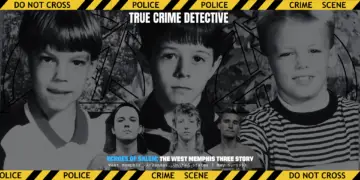




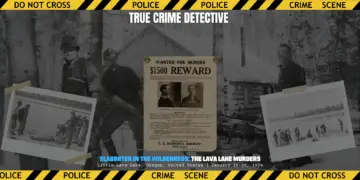









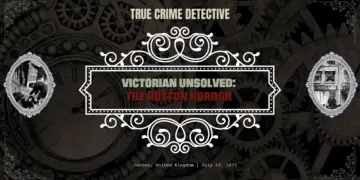
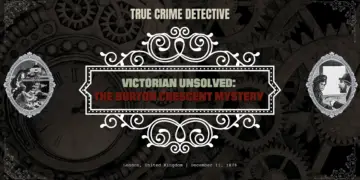
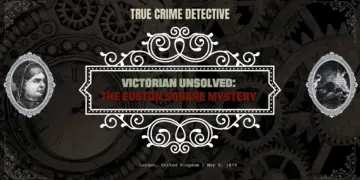







 Amazon
Amazon

